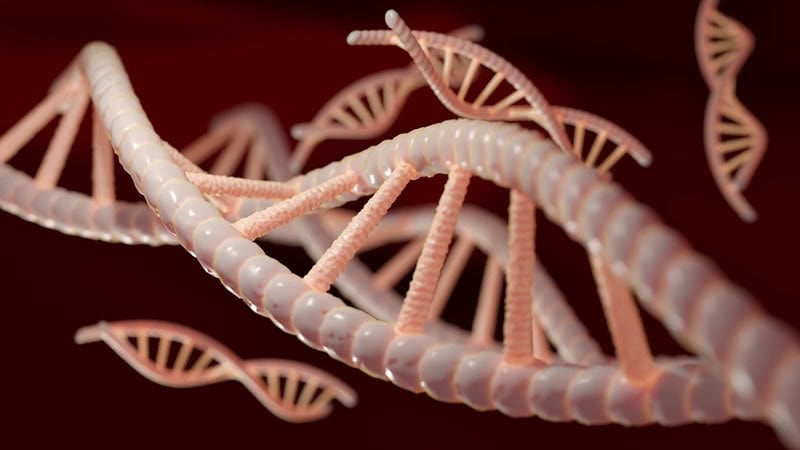Summary: A newly developed adeno-associated virus vector can deliver an anti-p Tau antibody directly to the hippocampus, significantly reducing pTau levels associated with CTE.
Source: Mary Ann Liebert Inc
A new study shows the feasibility of using gene therapy to treat the progressive neurodegenerative disorder chronic traumatic encephalopathy (CTE). The study, which demonstrated the effectiveness of direct delivery of gene therapy into the brain of a mouse model of CTE, is published in Human Gene Therapy.
Ronald Crystal and colleagues from Weill Cornell Medical College, New York, NY, coauthored the article entitled “Anti-Phospho-Tau Gene Therapy for Chronic Traumatic Encephalopathy.”
There is currently no treatment for CTE, which is caused by repeated trauma to the central nervous system (CNS), such as that suffered by soldiers, athletes in contact sports, and in accident-related trauma. Inflammation results in the accumulation of hyperphosphorylated forms of Tau protein (pTau). Crystal et al. developed an adeno-associated virus (AAV) vector to deliver an anti-pTau antibody to the (CNS). They showed that direct delivery of the AAVrh.10anti-pTau directly into the hippocampus of brain-injured mice was associated with a significant reduction in pTau levels across the CNS. They propose that doses could be scaled up and this strategy could be effective in humans as well.

“CTE is much more prevalent than was initially realized, and there is currently no therapy available,” says Editor-in-Chief Terence R. Flotte, MD, Celia and Isaac Haidak Professor of Medical Education and Dean, Provost, and Executive Deputy Chancellor, University of Massachusetts Medical School, Worcester, MA. “This new work from the Crystal laboratory is potentially ground-breaking as a means to remove the offending Tau phoshoprotein.”
Source:
Mary Ann Liebert Inc
Media Contacts:
Kathryn Ryan – Mary Ann Liebert Inc
Image Source:
The image is in the public domain.
Original Research: Open access
“Anti-Phospho-Tau Gene Therapy for Chronic Traumatic Encephalopathy”. Chester Bittencourt Sacramento, Dolan Sondhi, Jonathan B. Rosenberg, Alvin Chen, Stephanie Giordano, Eduard Pey, Vladlena Lee, Katie M. Stiles, David F. Havlicek, Philip L. Leopold, Stephen M. Kaminsky, and Ronald G. Crystal.
Human Gene Therapy doi:10.1089/hum.2019.174.
Abstract
Anti-Phospho-Tau Gene Therapy for Chronic Traumatic Encephalopathy
Chronic traumatic encephalopathy (CTE) is a progressive neurodegenerative disorder caused by repetitive trauma to the central nervous system (CNS) suffered by soldiers, contact sport athletes, and civilians following accident-related trauma. CTE is a CNS tauopathy, with trauma-induced inflammation leading to accumulation of hyperphosphorylated forms of the microtubule-binding protein Tau (pTau), resulting in neurofibrillary tangles and progressive loss of neurons. At present, there are no therapies to treat CTE. We hypothesized that direct CNS administration of an adeno-associated virus (AAV) vector coding for an anti-pTau antibody would generate sufficient levels of anti-pTau in the CNS to suppress pTau accumulation thus interrupting the pathogenic process. Using a serotype AAVrh.10 gene transfer vector coding for a monoclonal antibody directed against pTau, we demonstrate the feasibility of this strategy in a murine CTE model in which pTau accumulation was elicited by repeated traumatic brain injury (TBI) using a closed cortical impact procedure over 5 days. Direct delivery of AAVrh.10 expression vectors coding for either of the two different anti-pTau antibodies to the hippocampus of these TBI mice significantly reduced pTau levels across the CNS. Using doses that can be safely scaled to humans, the data demonstrate that CNS administration of AAVrh.10anti-pTau is effective, providing a new strategy to interrupt the CTE consequences of TBI.






